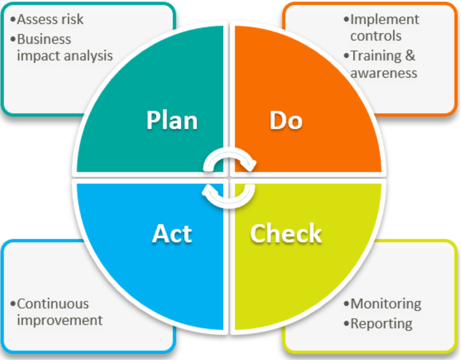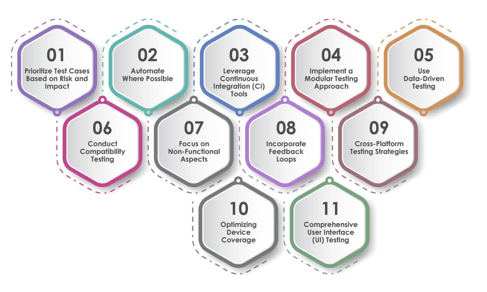Testing Services


Optimum Software offers comprehensive application testing services designed to ensure the highest quality and performance for your software applications. Our team of skilled testers utilizes a range of advanced testing techniques, including functional, performance, security, and automation testing, to identify and address issues early in the development cycle. We work closely with your teams to understand your specific requirements and deliver tailored testing solutions that enhance reliability, user experience, and scalability. With our rigorous approach, we help minimize risks, reduce time-to-market, and ensure your applications meet the highest standards of quality before deployment.
Business Continity and Resilience Testing
The goal of business continuity and resilience testing is to ensure that an organization’s critical business functions can continue to operate during disruptions and that it can swiftly return to normal operations. This testing typically involves simulating disaster scenarios to evaluate the organization’s response and recovery capabilities. It includes testing contingency plans, failover systems, backup solutions, and other recovery processes. The results of the testing help identify weaknesses or gaps in the organization’s recovery ability, allowing for targeted improvements to enhance overall resilience.
Digital and Experience Testing
Digital testing involves assessing the performance, functionality, and user experience of digital products like websites, mobile apps, and software applications. This type of testing primarily focuses on evaluating the user interface (UI), user experience (UX), and overall usability of the product.
Experience testing, on the other hand, is a broader concept that encompasses any form of testing aimed at evaluating the user experience of a product or service. It includes not only digital testing but also the testing of physical products, customer service, and other customer-facing aspects of a business.
Both digital testing and experience testing share the goal of identifying and addressing issues that may affect a user’s ability to effectively interact with or engage with the product or service. This can involve identifying technical problems, such as bugs or compatibility issues, as well as evaluating usability and user satisfaction.




Application modernization Testing
Application modernization testing is the process of assessing the performance, functionality, and stability of an application that has been updated or enhanced. Modernization typically involves improving the application’s efficiency, scalability, security, or adding new features and capabilities.
During application modernization testing, the updated application undergoes a series of tests to ensure it meets the objectives of the modernization effort. This includes functional testing to verify that the application performs as expected, load testing to ensure it can handle anticipated user traffic, and regression testing to confirm that the modernization process hasn’t introduced new errors or broken existing functionality.
The goal of application modernization testing is to identify and resolve any issues that could impact the performance or usability of the modernized application, ensuring it aligns with both user needs and business objectives.
Cyber and Data Security
Cybersecurity testing is a critical process that involves assessing the security of computer systems, networks, and applications to identify vulnerabilities that cybercriminals could exploit. The primary objective of cybersecurity testing is to safeguard against unauthorized access, data breaches, and other potential cyber threats.
Different types of cybersecurity testing include:
Vulnerability Assessment: This focuses on identifying weaknesses within a system, such as outdated software or weak passwords, and evaluating their potential risks.
Penetration Testing (Pen Testing): This simulates a cyber attack on a system to identify vulnerabilities and assess how well an organization can detect and respond to these threats.
Security Controls Testing: This tests the effectiveness of security measures, such as firewalls, antivirus programs, and intrusion detection systems, to ensure they are functioning as intended.
Network Security Testing: This evaluates the security of a network, including its devices, protocols, and communication channels, to detect potential risks.
Application Security Testing: This involves examining the security of software applications, looking for vulnerabilities like SQL injection or cross-site scripting (XSS) attacks.
Data Security Testing: This specialized form of testing focuses on protecting data by ensuring its confidentiality, integrity, and availability. It involves assessing the security of data storage, transmission, and access controls to ensure only authorized individuals can access sensitive data.
By conducting comprehensive cybersecurity testing, organizations can identify potential threats and weaknesses, ensuring their systems, networks, and data remain secure from cyber threats.




Services
Industry
Quick Links
©Optimum Software SDN.BHD


